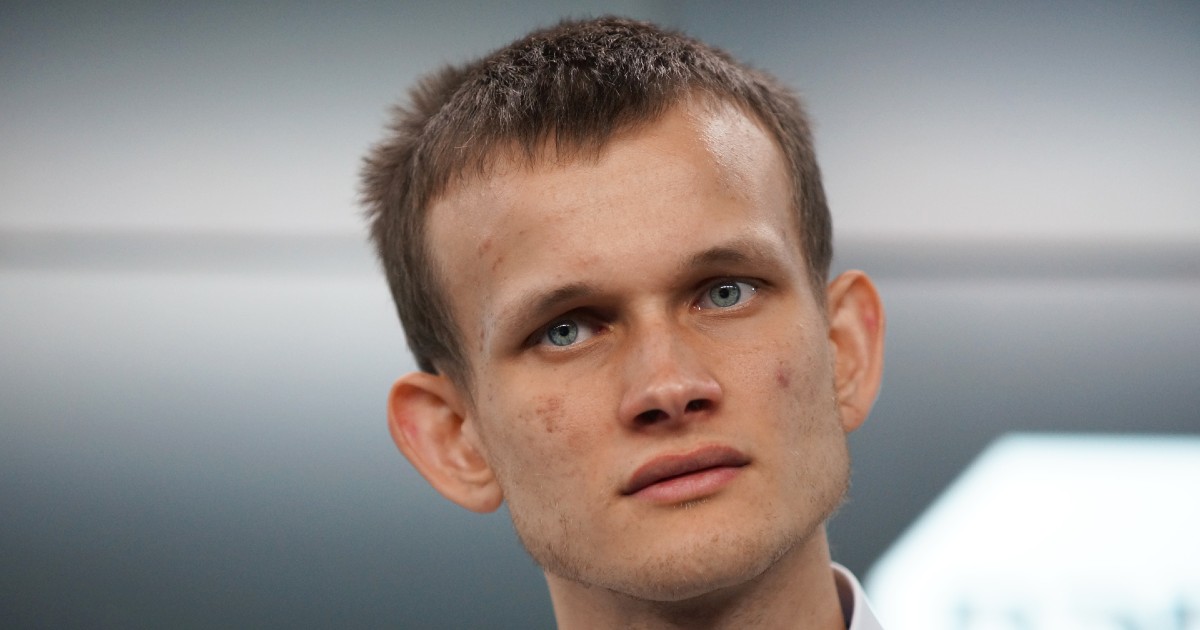Vitalik Buterin Explores Memecoins: From Controversy to Charity
Vitalik Buterin, Ethereum co-founder, discusses memecoins’ current state and potential, suggesting alternative approaches like charity coins and Robin Hood games for a positive-sum experience, emphasizing the importance of combining charity initiatives with gaming mechanics.
In a recent blog post titled “What else could memecoins be?”, Vitalik Buterin, the co-founder of Ethereum, explores the current landscape of memecoins and contemplates their potential beyond the realm of meme culture.
Buterin begins by reflecting on an article he wrote ten years ago, prior to the public announcement of the Ethereum project. In that article, he argued that issuing coins could be a novel way to fund important public projects. He envisioned a scenario where individuals could hold, accept, and trade coins tied to specific causes, thereby facilitating the funding of those causes. This idea of using coins as a means of large-scale funding stood apart from traditional market mechanisms and institutional frameworks.
Fast forward to 2024, and memecoins have become a prominent topic of discussion within the crypto space. While memecoins like Dogecoin gained popularity in the past, the recent resurgence has left many feeling uneasy. Some Solana memecoins have been associated with racist content, and even non-racist memecoins often lack substantial value beyond speculative price fluctuations.
The dissatisfaction surrounding memecoins raises important questions. Rather than merely expressing disdain for these ventures, Buterin suggests exploring alternative approaches that could provide a more positive-sum experience for participants.
One such approach involves charity coins, where a significant portion of the token supply or ongoing fees are dedicated to charitable causes. Buterin highlights examples like “GiveWell Inu” and “Fable of the Dragon Tyrant,” which aimed to support GiveWell and cultural projects related to anti-aging research, respectively. While these initiatives had their shortcomings, they demonstrated the potential for combining cryptocurrency with philanthropy.
Buterin also introduces the concept of Robin Hood games, where a memecoin’s supply is partially allocated to support public goods valued by the community. This approach aims to improve upon the average user’s experience by creating meaningful and entertaining games that leave lower-income players economically better off. By incorporating mechanisms that allow players to vote on the distribution of funds to various charities, both fun and charitable aspects can be combined.
However, creating genuinely enjoyable games within the crypto space presents its own challenges. Buterin acknowledges the difficulties faced by projects like Axie Infinity in striking the right balance between fun and financial incentives. He expresses confidence in teams like 0xPARC, known for their success in developing crypto games like Dark Forest and FrogCrypto, which prioritize the pleasure of gameplay over monetary gains.
In conclusion, Buterin urges the crypto community to adopt a more nuanced approach when evaluating memecoins. While he dismisses coins associated with scams or divisive ideologies, he recognizes the importance of fun and entertainment in the space. By promoting higher quality, positive-sum projects that contribute meaningfully to the ecosystem, the crypto space can evolve in a way that aligns with users’ desires and values.
Image source: Shutterstock
Credit: Source link


 Bitcoin
Bitcoin  Ethereum
Ethereum  Tether
Tether  Solana
Solana  XRP
XRP  Dogecoin
Dogecoin  USDC
USDC  Cardano
Cardano  Lido Staked Ether
Lido Staked Ether  TRON
TRON  Avalanche
Avalanche  Toncoin
Toncoin  Shiba Inu
Shiba Inu  Wrapped stETH
Wrapped stETH  Stellar
Stellar  Wrapped Bitcoin
Wrapped Bitcoin  Polkadot
Polkadot  Chainlink
Chainlink  Bitcoin Cash
Bitcoin Cash  WETH
WETH  Sui
Sui  Pepe
Pepe  NEAR Protocol
NEAR Protocol  LEO Token
LEO Token  Litecoin
Litecoin  Aptos
Aptos  Uniswap
Uniswap  Wrapped eETH
Wrapped eETH  Hedera
Hedera  USDS
USDS  Internet Computer
Internet Computer  Cronos
Cronos  POL (ex-MATIC)
POL (ex-MATIC)  Ethereum Classic
Ethereum Classic  Ethena USDe
Ethena USDe  Render
Render  Artificial Superintelligence Alliance
Artificial Superintelligence Alliance  Bittensor
Bittensor  WhiteBIT Coin
WhiteBIT Coin  Dai
Dai  Arbitrum
Arbitrum  MANTRA
MANTRA  Bonk
Bonk  Celestia
Celestia  Filecoin
Filecoin  Cosmos Hub
Cosmos Hub  OKB
OKB
Comments are closed.